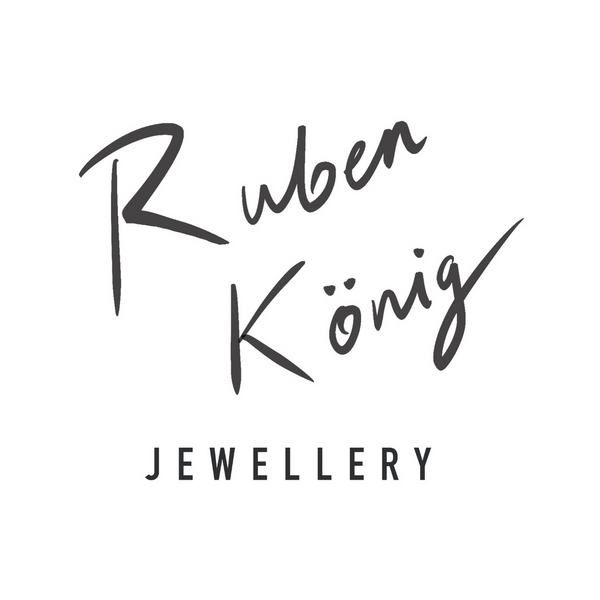Sometimes, reading all the information available online needs to be backed up with comparison pictures. See the image below, on the top are diamonds that are G/H Colour and VS Clarity diamonds, on the bottom are stones that are slightly lower (various colours) and much lower clarity. These stones are ‘Included’ or ‘I’. They are the lowest clarity of stone you can buy ranging from I1-I3. These stones are definitely I2-I3, the inclusions are visible and alter the colour of the stone. The colour and clarity of a stone are definitely the most visible characteristics for determining the quality, value and desirability of a stone, but what else contributes?

When stones are this included, they hinder the passage of light through the stone and as a result you do not see any ‘sparkle’ from the stone. Higher clarity stones which have less and much smaller inclusions give off a bright return of light through the stone. Some stones, despite being graded I1, can still be bright stones but the inclusions are visible by eye. This is commonly seen with older cut stones, when less was known about them. Stones that are lower clarity are considered less desirable as the inclusions are visible to the naked eye, stones can be dull.
CLARITY DIAGRAM
Other important quality aspects when it comes to diamonds includes the ‘Cut’. If a stone is poorly cut, it will also have a poor return of light and will look dull or lifeless. Diamonds should be bright with white light known as brilliance returned from the surface and then flashes of ‘Fire’ as light is returned through the stone - splitting white light into its spectral counterparts, like a glass prism. Diamonds have a ‘critical angle’ for light to be returned inside the stone to the viewer, if a stone is too shallow or too deep, light will be lost straight out the back of the stone, resulting in ‘Nail Head’ effect in round stones and ‘Bow Tie’ effect in Ovals. These areas appear darker than the rest of the stone where light is lost. Stones with poor cut are considered lower quality as the loss of light is very visible.
Stones can be reported to be ‘Triple Excellent’, this means they have been graded as ‘Excellent’ in all aspects of Cut, Polish and Symmetry. The ‘Polish’ of a stone is not something that most people will ever be able to detect, polish lines can in some cases be seen under 10x magnification but are rarely visible to the naked eye. Symmetry defects can be seen by the unaided eye if they are bad enough, for instance an off centre table or culet may be visible.
IMAGE OF DIAMONDS CUT SHALL DEEP
The colour of the diamond is graded on D-Z and generally, lower colours are considered lower quality. However, when a diamond goes past this ‘Z’ point, and the colour is more intense, it can be termed a ‘Fancy Colour’, which makes the diamond rarer again as non yellow fancy colours account for 2% of all diamonds. 98% of diamonds are colourless to yellow spectrum stones, that we would grade on a D-Z scale and contain Nitrogen as the colouration element.
Blue and Pink diamonds account for the rarest desirable stones currently, with values estimated to raise 5% year on year. These diamonds are considered to be high quality due to the rarity and thus high demand and desirability.

